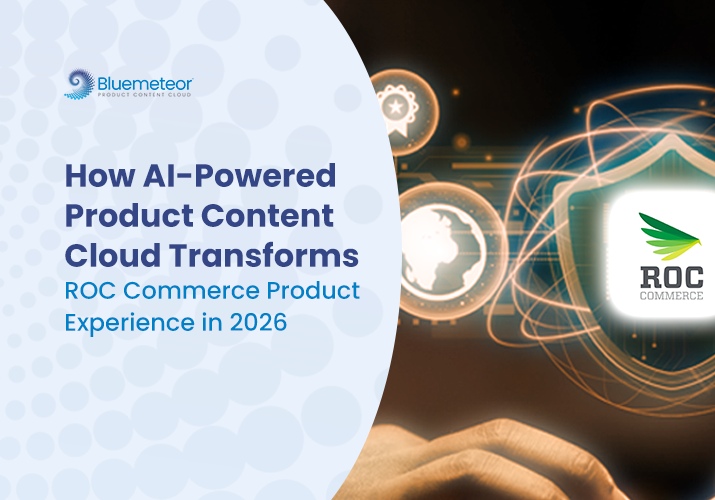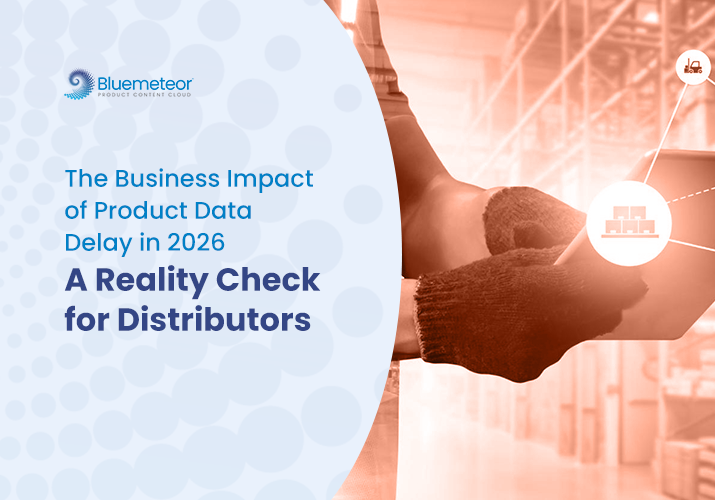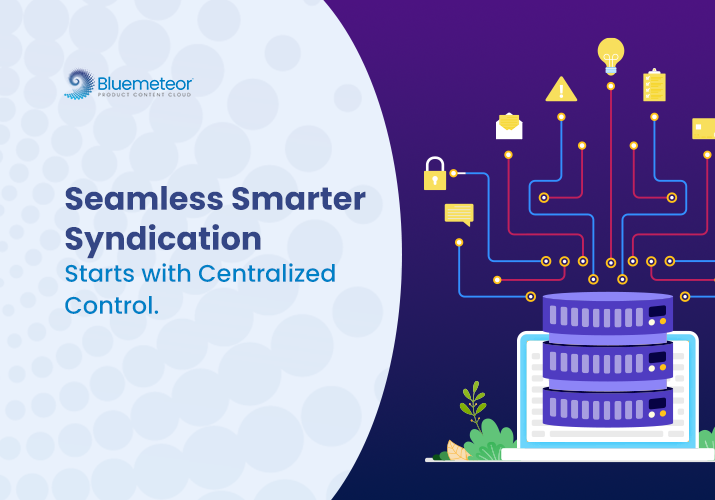What Is Headless Commerce and Is It Right for Your Business?
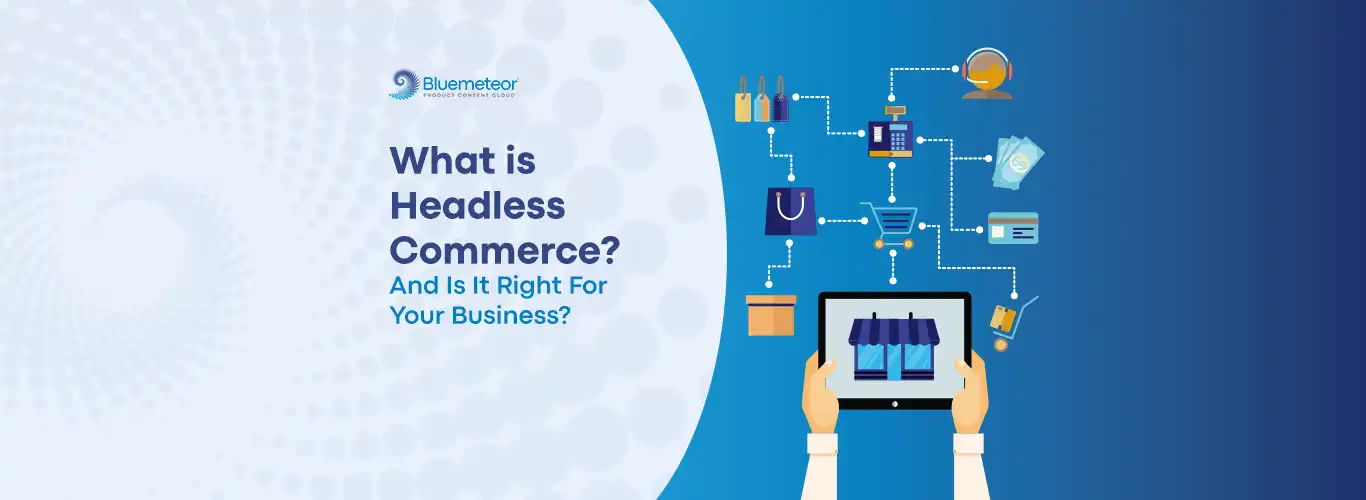
An Overview of Headless Commerce
Headless commerce is an e-commerce architecture that separates the front-end experience from back-end operations. The front-end presentation layer includes text, fonts, brand colors and styles, images, infographics, graphs, tables, buttons, etc.
E-commerce has become indispensable, bridging the gap between brands and their customers more closely than we could have imagined. Over the past decade, mobile and social media commerce have transformed the way business is done globally.
What used to be luxurious online shopping experiences a few years ago, is now a standard expectation from customers throughout developed and emerging markets alike. Headless commerce is one form of e-commerce architecture that continues to gain significant momentum as brands seek new avenues of obtaining competitive advantages.
These advantages can include enhanced website performance, and the freedom to make e-commerce channel updates on short notice.
At first glance, it seems like the ideal framework for e-commerce architecture, offering unrivalled creative liberty, while also empowering developers to program truly unique online shopping experiences.
But what exactly is headless commerce, and can it benefit every merchant’s business model?
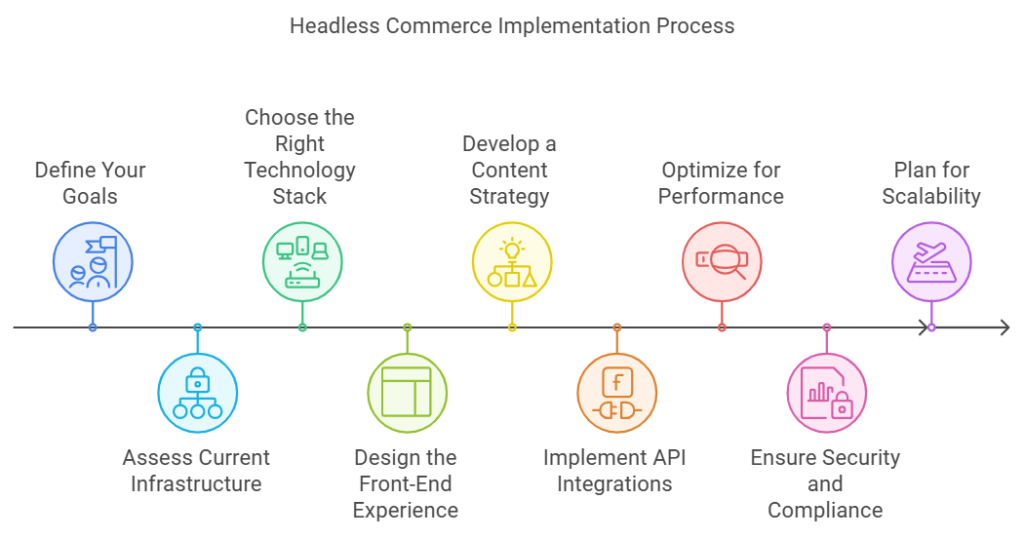
Taking a Closer Look at Headless Commerce
The back-end functionality covers pricing, website infrastructure, data security, payments, checkout, etc. Headless commerce is “API-first” – it uses an API layer to communicate between the back and front-ends of an e-commerce portal. Numerous consumer-facing front-end applications can be linked to a single back-end architecture using the API layer.
Developers can implement their preferred front-end technology to deliver engaging web-based experiences, and also leverage an e-commerce solution via the back-end to manage all the commercial aspects.
The growing popularity of headless commerce comes down to immersive online shopping experiences that are unattainable with traditional monolithic architecture.
Developers embrace it due to the unprecedented levels of website experience control it gives them, and how user-friendly it is to integrate with composable tech stacks of their choosing.
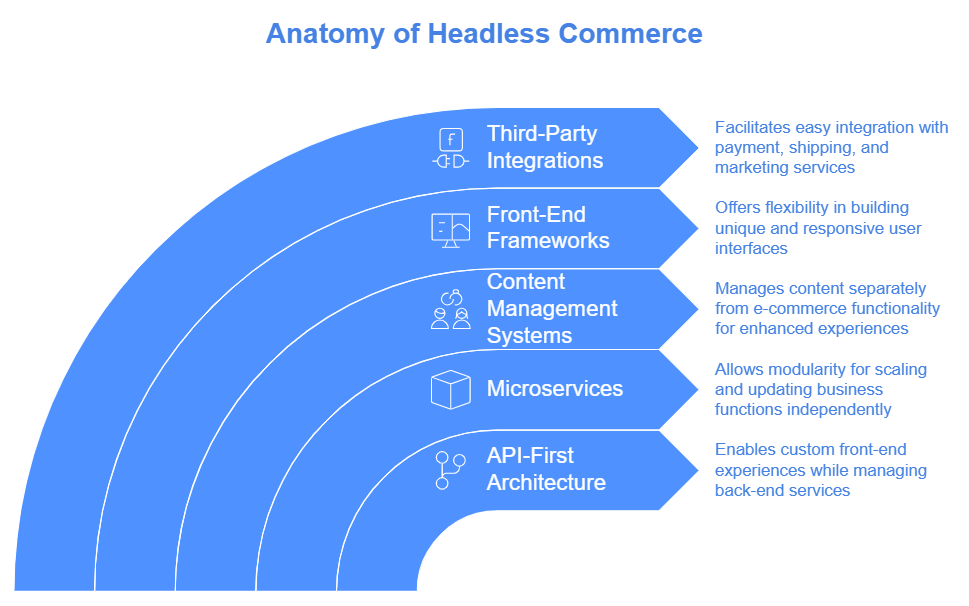
The Symbiosis Between Headless Commerce and MACH Architecture
MACH architecture embodies the principles of Microservices, API-first, Cloud-native, and Headless e-commerce architecture. It’s the guiding framework for headless commerce, providing the foundational pillars upon which successful headless strategies are built. Here’s how:
- By adhering to Microservices, businesses break down their digital ecosystems into modular, independent services, ensuring scalability, maintainability, and rapid innovation.
- Embracing an API-first approach guarantees seamless communication between these microservices, allowing for efficient data exchange and integration with third-party services.
- Cloud-native methodologies ensure scalability, resilience, and adaptability in the face of fluctuating demands, fostering a dynamic digital environment.
- Crucially, the Headless aspect of MACH empowers brands to deliver consistent and immersive experiences, decoupling the user interface from the back-end systems. This separation allows for tailored front-end interfaces, optimized for diverse devices, ensuring a seamless and responsive user journey.
In the context of headless commerce, MACH architecture plays a pivotal role at every juncture of the customer experience.
From the creation and management of compelling content using Headless CMS platforms, to the real-time synchronization of data through API-driven interactions, MACH principles underpin the entire ecosystem.
The flexibility of headless commerce dovetails seamlessly with MACH, allowing brands to adapt swiftly to emerging technologies and customer preferences.
This integration future-proofs digital strategies and enhances brand agility, enabling businesses to respond promptly to market trends and customer expectations.
In this symbiotic relationship, headless commerce harnesses the power of MACH architecture, ushering in a new era of digital commerce.
Together, they enable brands to craft immersive, consistent, and highly personalized experiences, driving customer engagement and ensuring competitive advantages in unforgiving digital marketplaces.
How Does Headless Commerce Help Brands with Omnichannel Sales and Distribution?
Headless commerce architecture is reimagining the way large brands interact with their customers. Here are the main primary advantages of going headless for brands with omnichannel sales and distribution networks:
Consistent Brand Experience
Headless architecture, adhering to MACH principles, ensures a unified back-end, and provides seamless content delivery through APIs in various front-ends. This approach guarantees a consistent brand experience across channels, a fundamental aspect of effective headless strategies.
Flexibility in Design and User Experience
Front-end frameworks (such as React.js, Angular, or Vue.js) enable tailored interfaces in headless setups. API-driven data retrieval, in alignment with MACH principles, allows customization for optimized performance and user interaction.
This adaptability ensures a user-friendly experience that’s crucial for headless commerce implementations.
Efficient Content Management
Headless CMS platforms (like Contentful or Strapi) manage content efficiently by leveraging APIs. Real-time content updates through APIs facilitate timely promotions and product dissemination, enhancing content management in associated environments. This aligns with MACH’s emphasis on seamless content management and delivery.
Scalability and Agility
Headless commerce, adhering to MACH architecture, employs containerization (like Docker) and microservices, ensuring scalability and agility. Independent scaling of components optimizes resources and responsiveness to varying traffic, vital for the success of any headless venture.
Integration and Futureproofing
RESTful or GraphQL APIs, a core aspect of MACH architecture, facilitate seamless integration of third-party services in headless commerce setups. Webhooks and event-driven architectures ensure real-time data synchronization. This future-proofs the system by allowing integration with emerging technologies, a hallmark of efficient headless commerce strategies.
By integrating a MACH-based headless framework, brands create a robust digital infrastructure, enhance customer experiences across all channels, optimize content delivery, and ensure seamless integration with evolving and emerging technologies. Bottom line, it maximizes potential for omnichannel success.
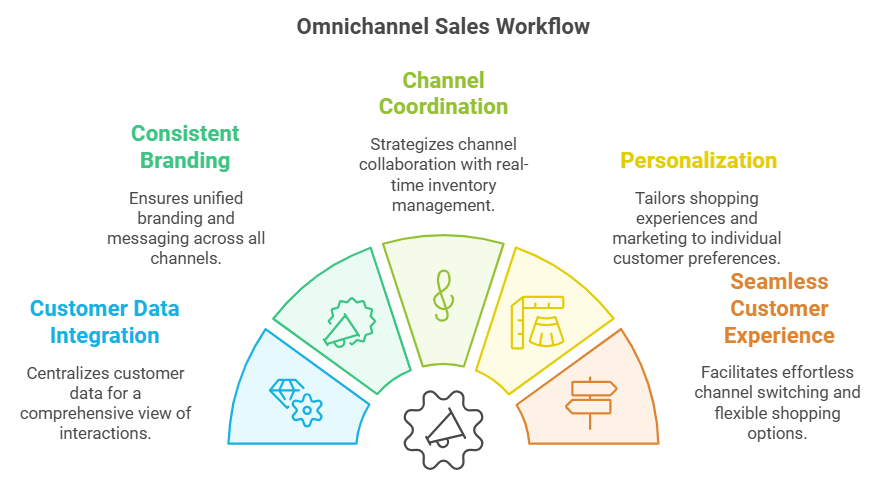
Is a Headless Strategy Right for Your Business Model?
When considering whether headless commerce is suitable for an existing business model, brands should ask themselves very specific questions to assess the feasibility and potential upsides of adopting this architecture.
Here are some important decisions, questions, and considerations to keep in mind:
| Type of Decision | Key Question | Consideration |
| Strategic Alignment | Does adopting headless commerce align with our strategic goals, such as enhancing customer experiences or expanding to new channels? | Assess the strategic fit of headless commerce with your business objectives and long-term goals. |
| Current Technology Compatibility | Is our current technology stack compatible with headless solutions, enabling seamless integration and scalability? | Evaluate the compatibility of existing systems and assess their readiness for integration with headless architecture. |
| Omnichannel Presence Requirement | Do we need a unified user experience across various channels, such as websites, mobile apps, and social platforms? | Determine the importance of providing consistent user experiences across multiple channels for your target audience. |
| Customization Needs | How important is the flexibility to customize user interfaces and content presentation according to our brand’s specific requirements? | Evaluate the level of customization needed for your e-commerce platform and assess if headless commerce provides the desired flexibility. |
| Scalability, Agility, and Learning Curve | Are we prepared for the scalability challenges, agility benefits, and the learning curve associated with adopting headless commerce? | Consider your readiness to handle rapid growth, adapt to market changes, and invest in training and upskilling to understand and implement headless commerce effectively. |
Conclusion
The emergence of headless commerce is a gamechanger for e-commerce architecture. As it gains mainstream traction, it could become the go-to framework of the future. Its flexibility, agility, and ability to provide seamless user experiences across diverse channels have positioned it as a powerful solution for brands seeking innovation and adaptability in the digital landscape.
However, there’s a long way to go for it to become the absolute dominant architecture for all businesses and industries.
While offering significant advantages, the supremacy of any particular architecture depends on how well it addresses the evolving needs of businesses and consumers. It also has to keep pace with developments in the technological landscape.
It is plausible that headless commerce will become the preferred choice for many businesses worldwide, especially those focused on better customer experiences and omnichannel presence. But the future e-commerce landscape will likely involve a mix of architectures tailored to specific business requirements.
Bluemeteor Product Content Cloud is based on MACH Architecture and uses AI to solve complex e-commerce challenges at scale.
Schedule a demo to find out how we can add value to your headless commerce strategy.

